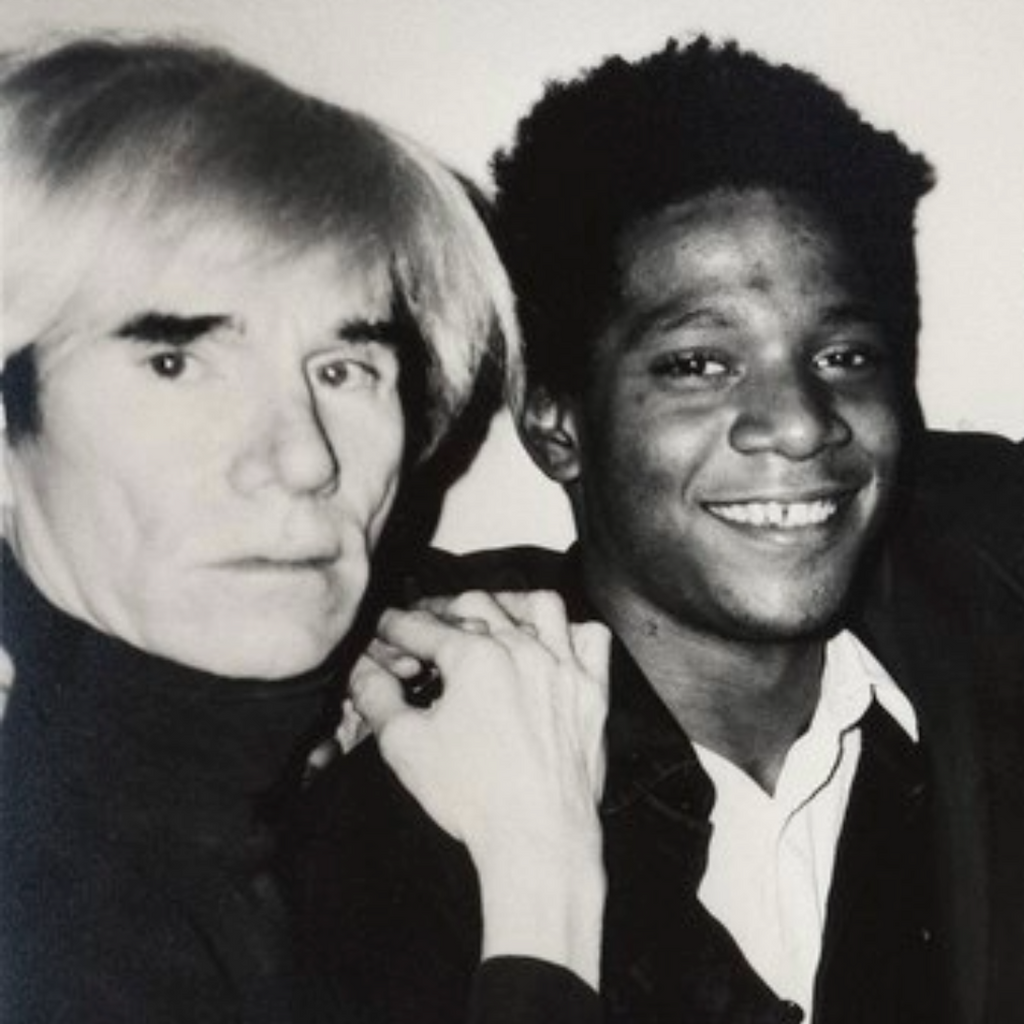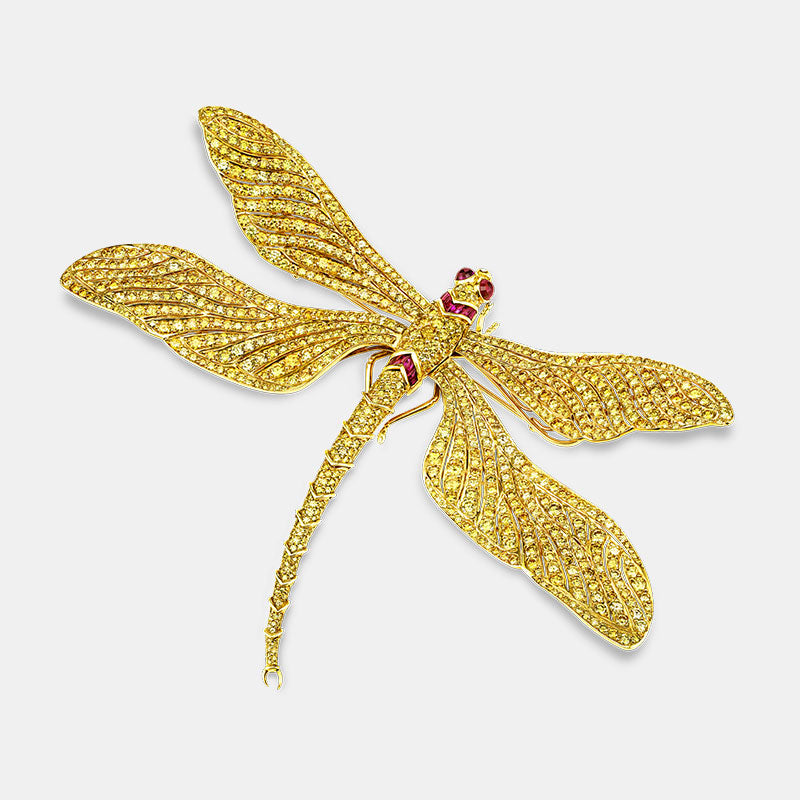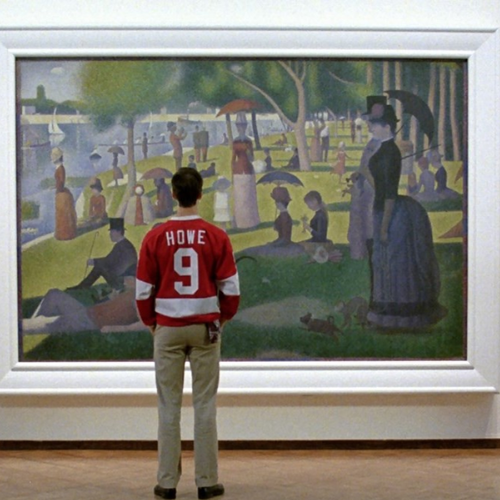Looking to add to your antique collection? Discover the beauty, craftsmanship and history of antique glass and find a piece that suits your style.
History of Antique Glassware
From humble beginnings as a grain of sand, glass represents one of society’s most natural and lasting innovations. Both practical and beautiful, modern glass techniques have been adapted and refined for millennia. In the 19th century, a new approach to the material arose, emphasizing color and creativity while also demonstrating remarkable advancements in design and technique. Skilled craftsmen from different parts of the world brought unique and fresh perspectives to the global stage, resulting in a golden age of glassmaking. The very nature of clear glass allows for a limitless amount of artistic license. It can be custom-cut, engraved, molded, blown and enameled, allowing for a multitude of different visual effects. Read on to discover the diverse styles of antique glass and some of its most accomplished artisans.The Innovators of Glass
Tiffany Studios Glass


Louis Comfort Tiffany is a celebrated master of American decorative arts, known for his Art Nouveau style and his exceptional glassmaking. He founded the Tiffany Glass Company in 1885, later renamed Tiffany Studios, and produced what we now consider antique windows for prominent clients from Mark Twain to the White House. His use of unique glass in creating intricate details led to his works being called "paintings in glass." Tiffany's development of favrile glass, which is iridescent and freely shaped, further elevated his reputation. After his death in 1933, his lamps experienced renewed popularity in the late 1960s, and today his legacy as an Art Nouveau visionary is treasured worldwide.
Murano Glass


Venice's geographic position, which provided protection from potential invaders, also allowed it to establish a pivotal commercial center and bases throughout the Adriatic Sea. Venetian glass quickly became highly profitable, and the city's isolation during the Dark Ages allowed it to hold onto its riches and flourish. A fire in 1291 caused glassmakers to move to nearby Murano, where they continued to innovate, mastering techniques to create decorative mirrors and gaining greater control over glass color and transparency by the 16th century. These are only some of Murano glassware’s most significant innovations:
Cristallo
The first colorless Venetian glass, cristallo was created circa 1453. It was the clearest glass one could find in Europe at the time, with all others having a green or yellowish tint, making it highly desirable across the continent with nobility and the Church.

Filigrana
Filigrana, or filigree-style glass, was also first created in the 15th century. Involving embedding white or colored glass canes within colorless glass, filigrana has a distinct striped appearance. Multiple variations are possible with vetro a retortoli having a spiral pattern and vetro a reticello producing a double spiral.

Murrine or Millefiori
This technique involves canes of glass fused together to form a larger cane that is then sliced to expose a pattern. It is an ancient form of glassmaking that experienced a resurgence among Venetian artisans during the Renaissance.

Aventurine
Aventurine glass incorporates tiny pieces of gold or other metals for a shimmering effect. The style got its name from its chance discovery in the early 17th century, when an artisan is said to have dropped some metal shavings into his molten glass by accident. In Italian, "all'avventura" means "by chance."

Lalique Glass


Baccarat Crystal


The Baccarat Crystal factory was established as the first French glassworks firm to compete with Bohemian imports, providing work for locals and contributing to the economy. Over time, the firm was sold several times and focused on perfecting quality, craftsmanship and technology without sacrificing quantity. Baccarat gained tremendous popularity, receiving international praise at the 1823 Exposition Nationale in Paris and becoming vogue among European royalty. Baccarat's international acclaim have earned the firm a magnificent reputation of producing artwork that is second to none in detail and beauty of form.
American Brilliant Cut Glass


The 1876 Centennial Exposition in Philadelphia marked the beginning of a new era in American decorative arts history. A major attraction at the Exposition was an exhibit that featured the best of what had come to be known as American rich-cut glass. Never had the public seen such extraordinary wares created by American craftsmen. From that moment, artisans around the globe realized that the United States had proven that the young nation could and would contribute to the age-old history of decorative arts.
In the 18th century, many people saw an opportunity for a new life and, with any luck, a chance to make their own fortunes by emigrating to the United States and bringing their trade with them. In 1771, German-born Henry William Stiegel founded one of America's first and finest cut glass factories, the American Flint Glass Manufactory in Manheim, Pennsylvania, and began producing the first examples of American brilliant cut glass. Coupled with the recent innovations to the crystal glassware pattern process, artisans began to create the most delicate and awe-inspiring intricate patterns on a variety of wares, officially ushering in the Brilliant Period of American cut glass production. Today, works by the renowned Hawkes and Sinclair firms are coveted by collectors world-wide.
Want to learn more about this brilliant piece of glass history? Dive into Bill Rau’s speech given to the American Association of Cut Glass!
How to identify antique glass
1. Signature or Marking
Want help identifying the glasswork maker? Brush up on where to look before you spend countless hours on your own treasure hunt. Many makers, especially the high-end artisans, proudly displayed their names and markings on their pieces.

Lalique made great use of organic shapes, and signed his works as “R Lalique,” “R Lalique France,” or simply “Lalique." The variety of signatures can make identifying Lalique vases difficult, so in some cases consulting the artist’s catalog raisonné can provide clarity on whether a work is authentic. As seen on the above vase, the lightly etched markings can sometimes be difficult to discern without magnification.
2. Color and Texture
Due to the popularity of these fine art glass makers, the many different colors and textures of glass have been replicated, often through cheaper mechanisms, for a broad consumer base. If you’re looking to expand your glass collection, keep an eye out for the following colors and textures. Though this original glassware may come at a higher price point, the masterful craftsmanship creates an unparalleled elegance.Opalescent: Opalescent glass has a milky or translucent appearance, with a surface that shimmers and changes color depending on the lighting. This effect is created by adding opal or other minerals to the hot glass during the melting process.

Iridescent: Iridescent glass has a rainbow-like sheen that seems to change color as the viewing angle changes. This effect is created by applying metallic salts to the surface of the glass, which causes the light to diffract and reflect in different ways.

Amethyst: Amethyst glass has a rich, purple hue that is created by adding manganese or other minerals to the glass during the melting process.

Frosted: Frosted glass has a matte or opaque finish that is achieved by etching the surface of the glass with acid or sandblasting.

Stained: This is a type of colored glass that is often used for decorative window glass and other ornamental pieces. It is created by adding metallic oxides to the glass during the melting process, which creates a range of colors and shades.

3. Design and Style
As we previously outlined, each fine art designer had their own individual styles and shapes. Much like different antique movements, antique glass design eras shared overarching similarities of motifs and style. Here are some of the most important styles throughout the evolution of antique glass pieces.Art Nouveau glass: Art Nouveau glass is known for its flowing lines and naturalistic motifs. It often features plant or animal forms and may be decorated with iridescent or opalescent finishes.

Art Deco glass: Art Deco glass is characterized by its geometric shapes and bold colors. It often features stylized designs and may be used in a variety of decorative objects, including vases, bowls and lamps.

Cameo glass: Cameo glass is a type of elegant glassware featuring intricate designs carved into the surface of the glass. It may be made in a variety of colors and is highly valued for its beauty and craftsmanship.

Cut glass: Cut glass is a style of glassware that is made by cutting into the surface of the glass to create intricate patterns and designs. It is often used in crystal stemware and other high-end glassware.








